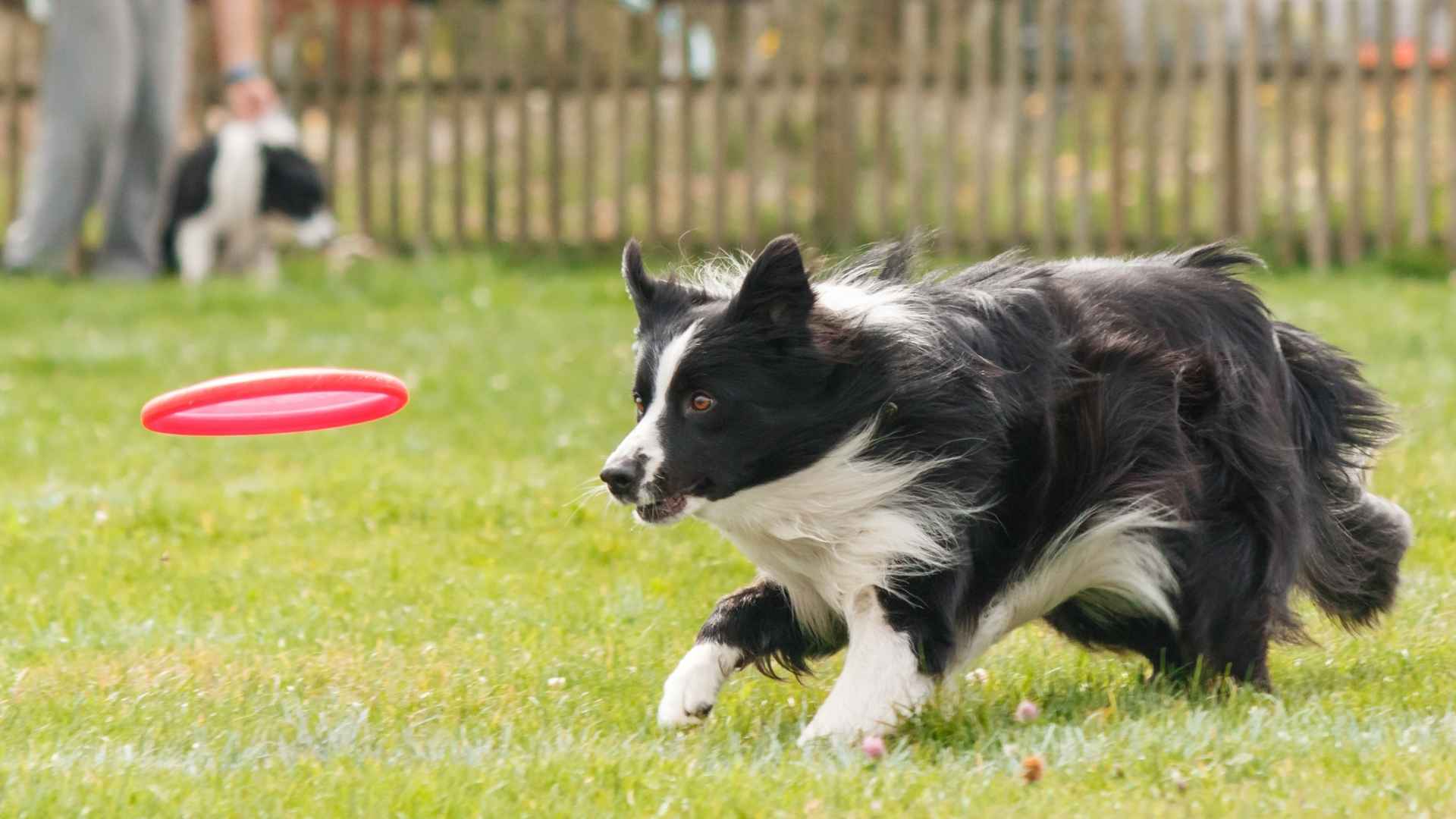As the saying goes, “Energy is contagious. If you want to fly, surround yourself with those who lift.” The same is true for dogs. Your energy shapes their world—but their energy also shapes yours. Some dogs are calm and quiet, making them perfect for still life photography. Others? They’re electric.
They bring motion to every moment, purpose to every stride. These breeds were built for work, play, exploration, and endurance. They don’t wear out. They don’t hold back. They inspire. They run with you, not behind you.
If your day begins with movement and ends in adventure, you’ll need a dog who lives for that rhythm. Here are the energetic dog breeds that share your pace, match your drive, and elevate every step of your journey.
Energetic Dog Breeds For Active People
1. Border Collie
Border Collies require structured mental challenges alongside physical activity. Without focused tasks, they may start inventing their own routines, often in ways that surprise unprepared owners. Their daily needs go far beyond the average walk or fetch session.
Motion Driven By Awareness
They stay fully alert while moving through new terrain, keeping track of space, movement, and sound. This situational awareness makes them ideal for activities like canicross, agility, or remote hiking. They rarely lose focus, even in chaotic outdoor environments.
Engineered For Sharp Movements
They were originally bred to control sheep with eye contact, movement timing, and quiet pressure. That history created a body built for speed and direction changes, but always with precision. Their joints, stride, and muscle patterns reflect this refined coordination.
Cognitive Endurance Under Pressure
Among herding dogs, Border Collies are considered the most intelligent. In fact, a Border Collie named Chaser memorized over 1,022 object names—an unmatched cognitive feat in the canine world, as per Science Direct. That same brain power fuels their behavior as high-energy dogs in need of constant engagement.
2. Australian Shepherd
Australian Shepherds maintain momentum during steep climbs, thick brush, and long treks without losing pace. Their stride is agile but forceful, supporting trail runners and mountain bikers alike. Long-distance routines suit their naturally forward-driven motion.
Athletic Intelligence
Their working style involves fast decision-making, watching, correcting, and then continuing. This responsiveness makes them stand out in dog sports like flyball, frisbee, and canine disc competitions. They read handlers intuitively, even in fast, noisy environments.
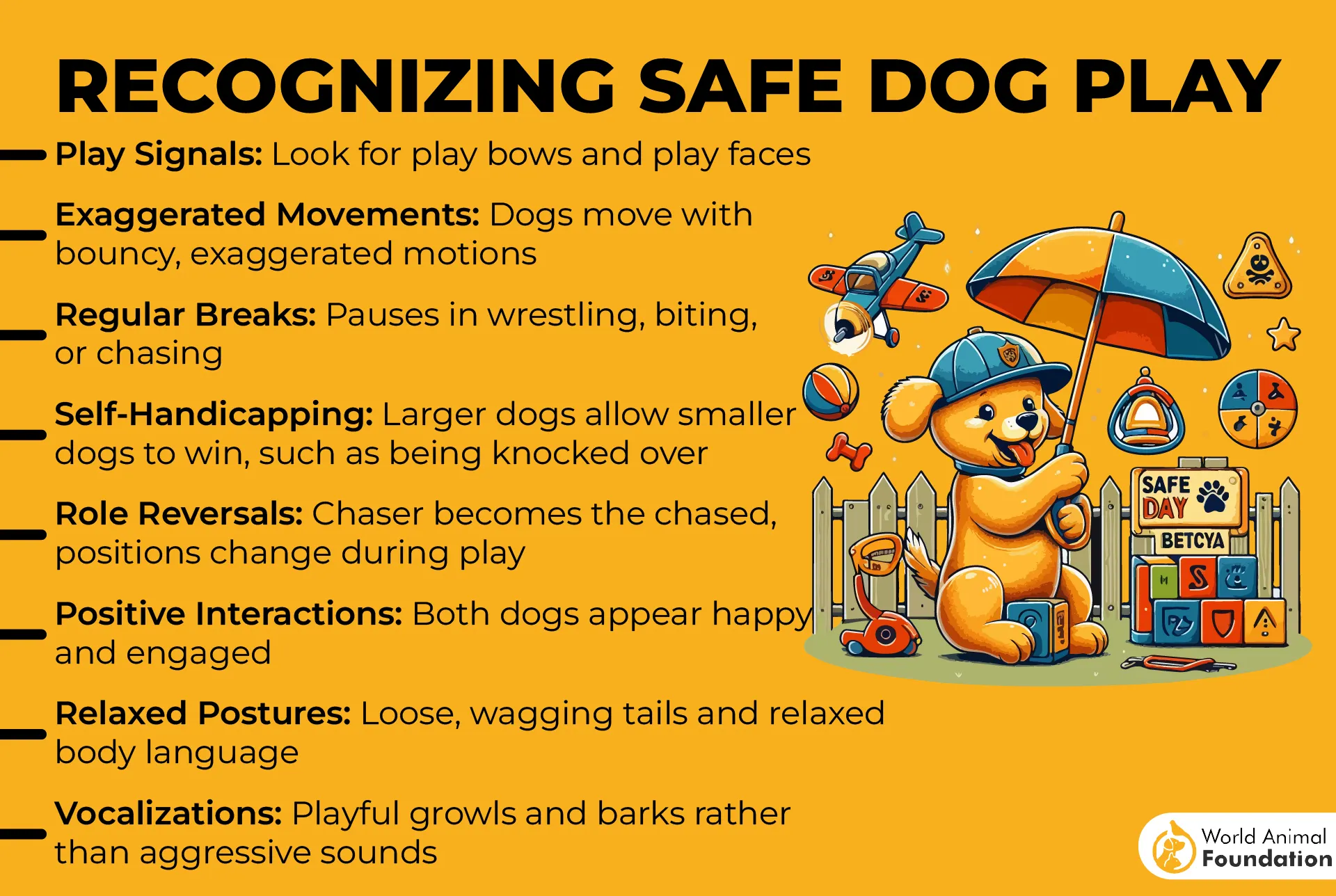
Constant Need For Input
Mental tasks are as necessary as food and sleep for this breed. Without targeted physical stimulation, they often develop hyper-focused behaviors like circling or excessive chewing. Owners often rotate activities daily to keep routines unpredictable and enriching.
Compact Strength With Herding Drive
They were bred for endurance in open fields, managing livestock in motion across long distances. A famous Aussie named Hyper Hank once performed frisbee routines at the Super Bowl due to his precision and energy, as per the AKC.
3. Vizsla
The Vizsla was developed by Hungarian nobility for long-distance tracking across plains. Even today, it’s known for maintaining pace over hours without visible fatigue. Their gait is smooth, efficient, and built for prolonged outdoor movement.
Emotional Responsiveness in Motion
They remain physically close to their owners during activities, often checking in visually while running. This trait creates a strong working bond, especially useful in unfamiliar or high-distraction environments. Their movements are synchronized with human presence, not just space.
Daily Needs Go Beyond Exercise
Vizslas demand structured tasks that offer mental stimulation, not just free movement. Without targeted challenges, their focus may drift, leading to restlessness indoors. Activities like nose work or advanced retrieval games align well with their instincts.
Known for Their Velcro Tendencies
Though energetic, they thrive in homes with people or other animals around. Their loyalty and sensitivity make them unsuitable for isolation or inconsistent attention. For those with an active lifestyle, this breed fits naturally into high-energy routines that also involve close companionship.
4. Belgian Malinois
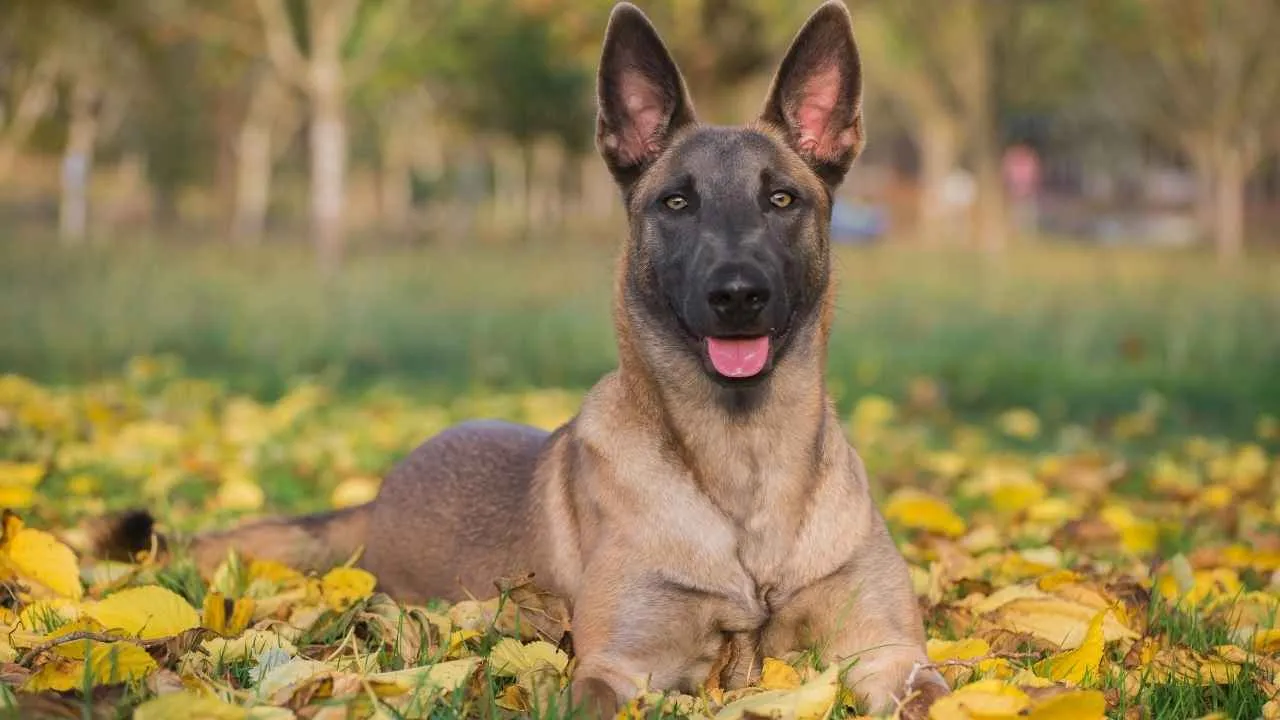
The Belgian Malinois has a lean, muscular frame designed for sustained agility. Every movement—whether sprinting, pivoting, or climbing—shows explosive control. Their structure supports both raw speed and micro-adjustments, making them unmatched in obstacle-heavy environments.
Drives That Don’t Switch Off
This breed doesn’t wait for commands—it searches for tasks constantly. Even during downtime, they scan their surroundings and shift their body weight with tension. Their energetic nature demands consistent interaction from equally alert owners.
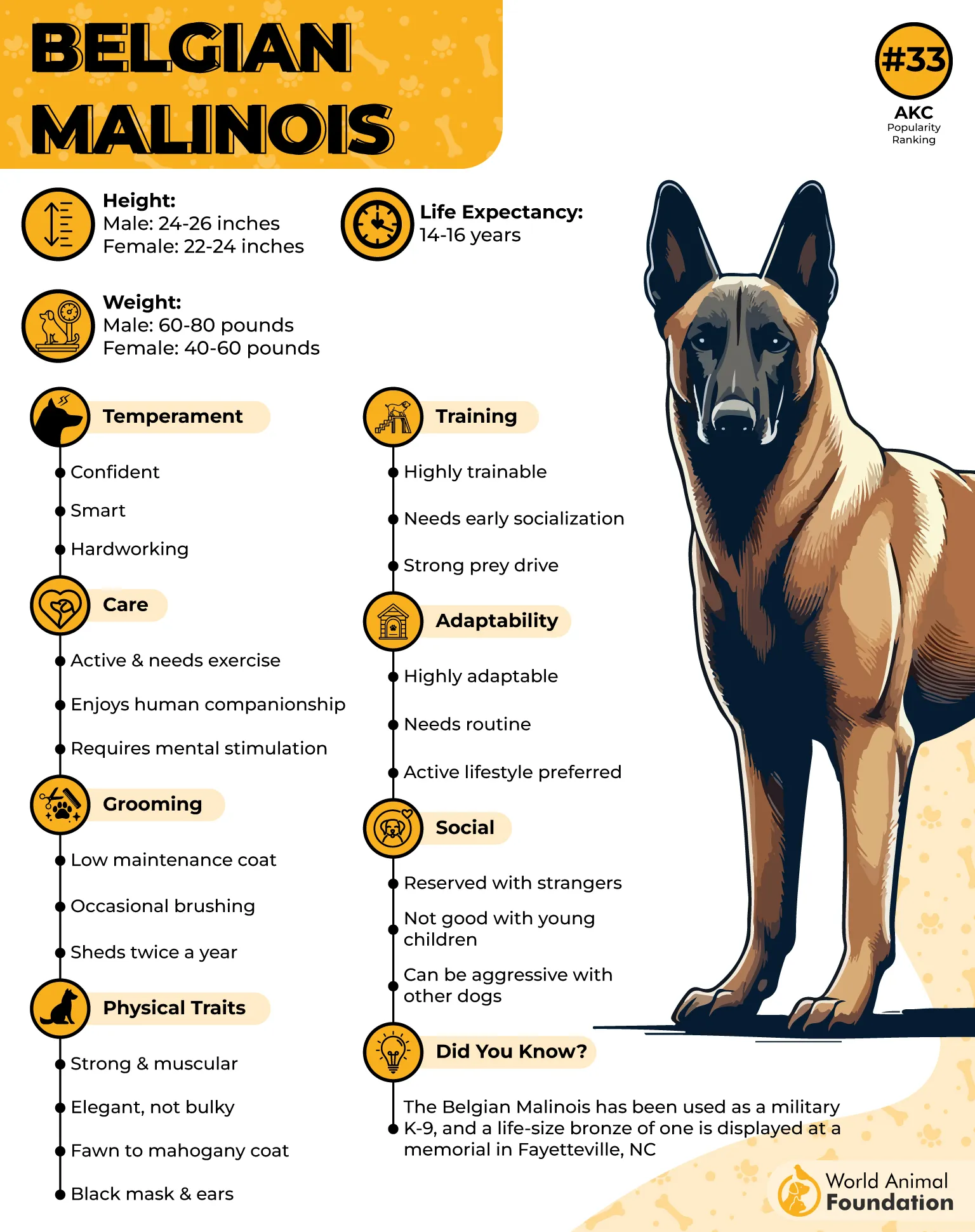
Requires Intentional Structuring
Without defined routines, Malinois will redirect energy in ways that overwhelm untrained homes. Structured physical exercise, including drills, fetch under control, and urban exploration, is essential. Casual activity doesn’t meet the breed’s baseline for physical or mental satisfaction.
Works Best With the Selected Company
Belgian Malinois often require careful introductions with other dogs, especially those of similar intensity. Their quick reactions can be misread as overconfidence, though it’s rooted in alertness. Experienced handlers prioritize early socialization and control in group settings.
5. Jack Russell Terrier
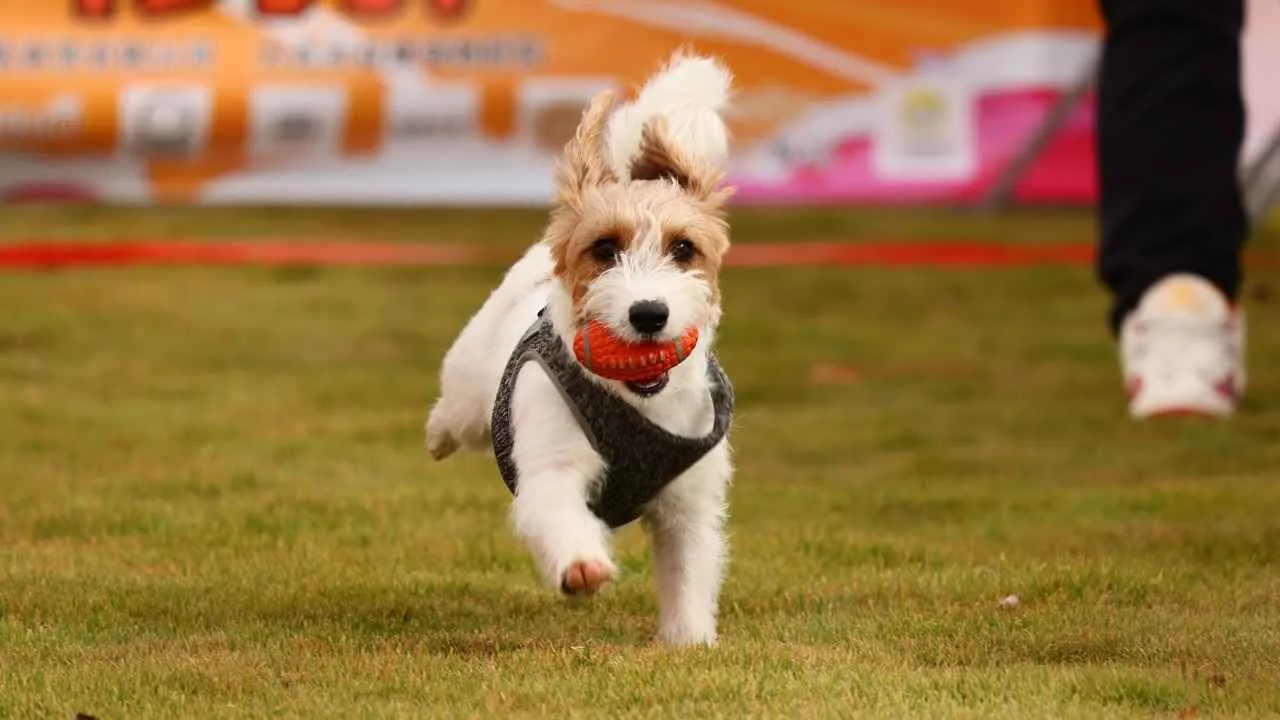
Jack Russells were developed by Rev. John Russell in the 1800s for fox hunting, requiring speed, stamina, and tunnel navigation, as stated in Embrace Pet Insurance. Their bodies were built for squeezing through tight burrows without losing pace. Even today, they retain this same level of fine-tuned physical responsiveness.
Intensity in Short Bursts
They have a compact build but an impressive vertical jump, some clear five feet from a standing position. Their boundless energy is often channeled through sprinting, zigzag running, and rapid object pursuit. They benefit most when tasks are fast-paced and unpredictable.
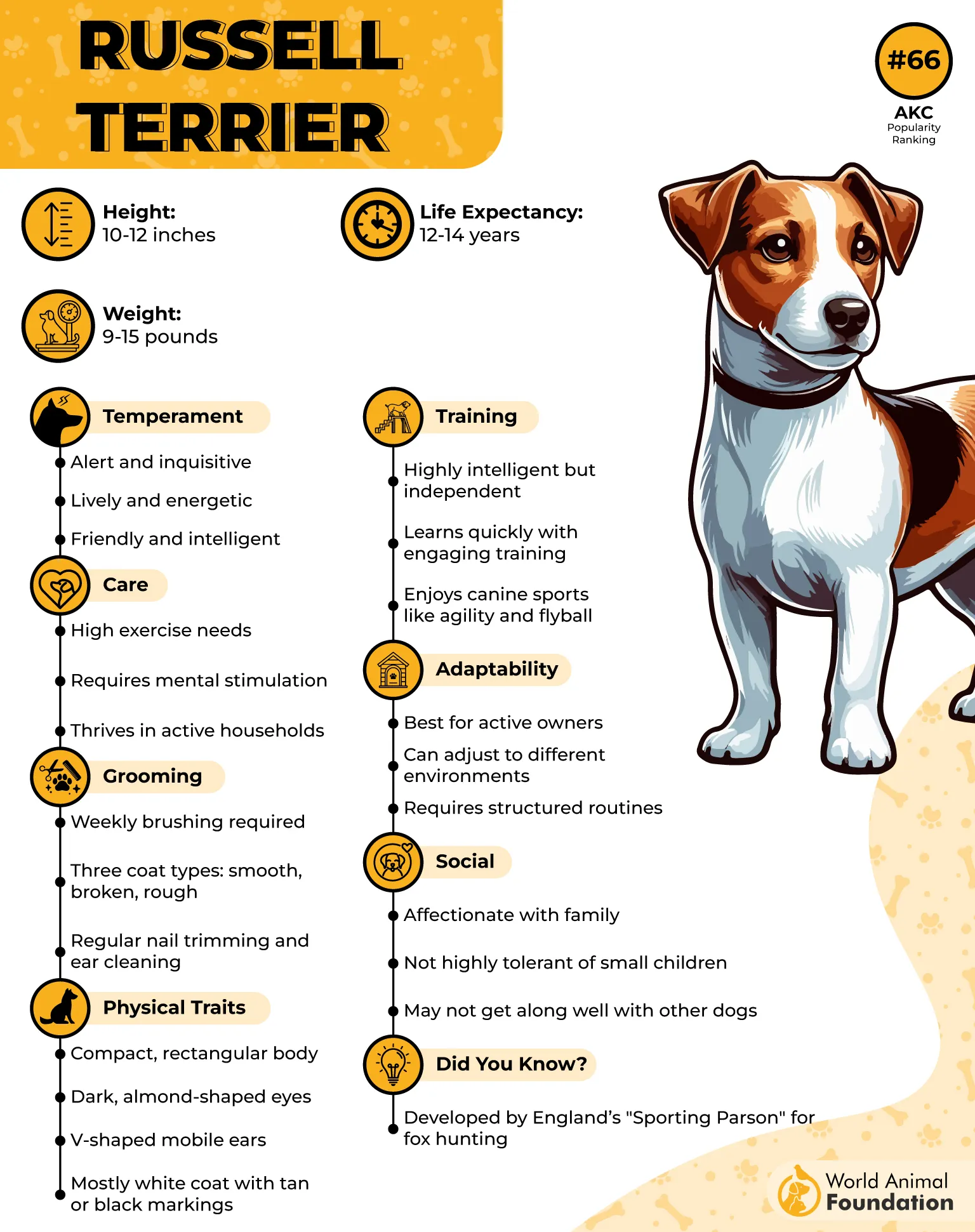
Needs That Can’t Be Skipped
Without structured daily exercise, Jack Russells may become destructive or anxious, often digging or chewing to release tension. A typical walk won’t cut it—they need targeted, high-intensity drills. Mental puzzles and fetch on varied terrain usually work best.
Sharp Minds, Strong Opinions
Their boldness can sometimes create tension with other pets, especially if raised without early social exposure. But when well-trained, they’re agile thinkers that match their owners step-for-step. Despite their independence, they can still be wonderful companions for those who appreciate their direct nature.
6. Labrador Retriever
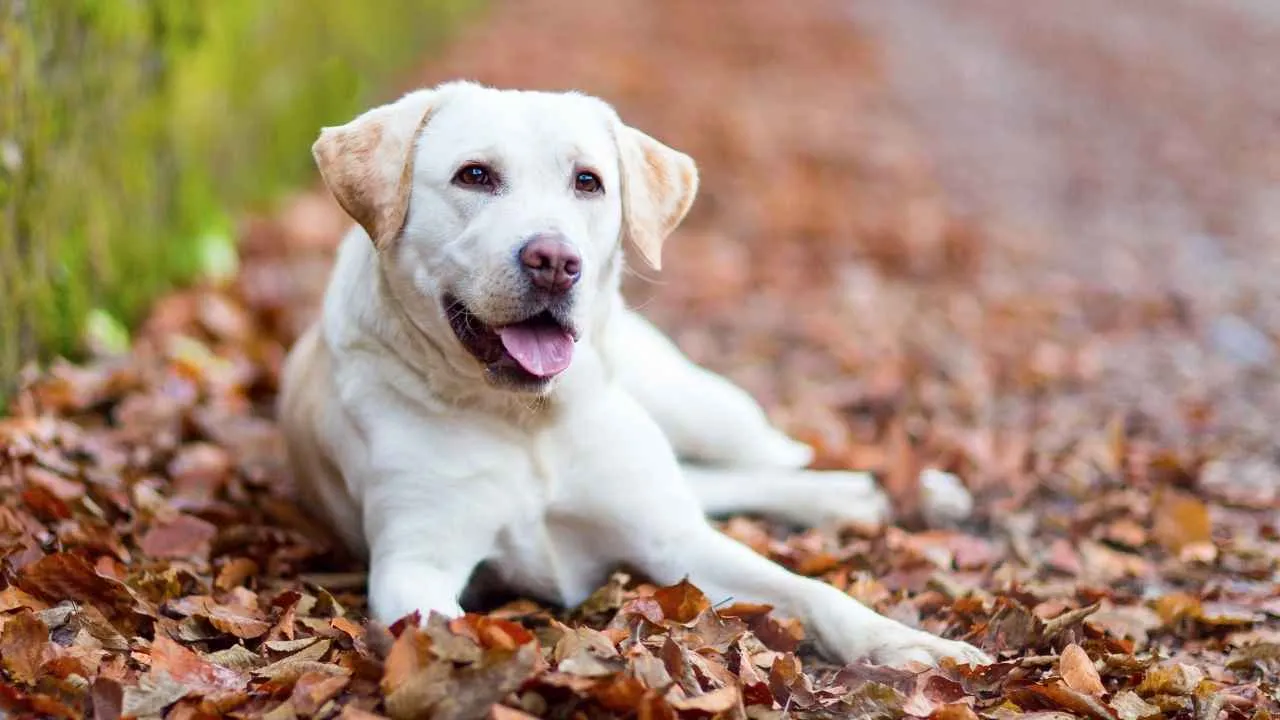
Labrador Retrievers have a double-layered coat and webbed feet that once helped them retrieve fishing nets from cold waters. These physical traits still support their strong swimming ability and long-distance stamina. They’re built for active outdoor tasks, not just companionship.
Predictable Energy Output
Labs tend to release energy in predictable bursts, especially after idle periods. A lack of daily structure often results in pacing, chewing, or hyperactive behavior indoors. Structured games or trail activities help regulate their rhythm without overstimulating them.
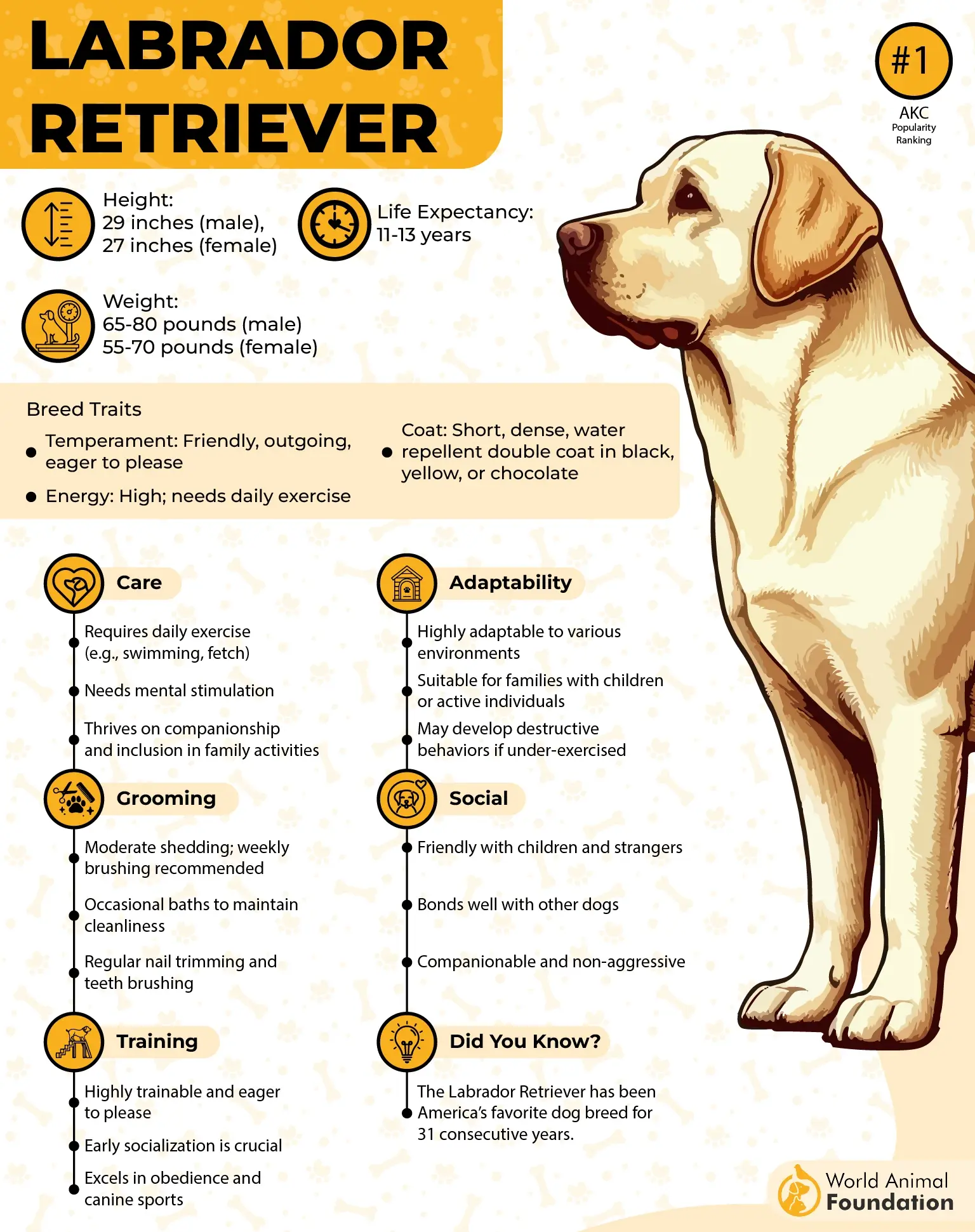
Motivated by Purposeful Play
They respond best to tasks that feel like play—frisbee drills, tracking work, or water retrieves. Their attention span increases when there’s movement and variation, making them great matches for people who prefer active routines. They often require more exercise than people expect.
Social Energy Among Canines
Labradors typically blend well with many other dogs, especially when socialized early. Their confidence and curiosity make them thrive in multi-dog environments without tension. As highly energetic dogs, they tend to initiate interaction instead of staying reserved.
7. Weimaraner

The Weimaraner was developed in 19th-century Germany for long-distance hunting of deer and boar. Its lean frame and aerobic capacity allow it to maintain high speeds for an extended time. Their cardiovascular efficiency is comparable to that of sporting athletes.
Heightened Sensory Focus
Their vision and scenting ability allow quick tracking across diverse terrains, even under stress or noise. They’re able to pick up motion from a distance and maintain a fixed gaze during pursuit. This sensory processing makes them ideal for trail-based activities.
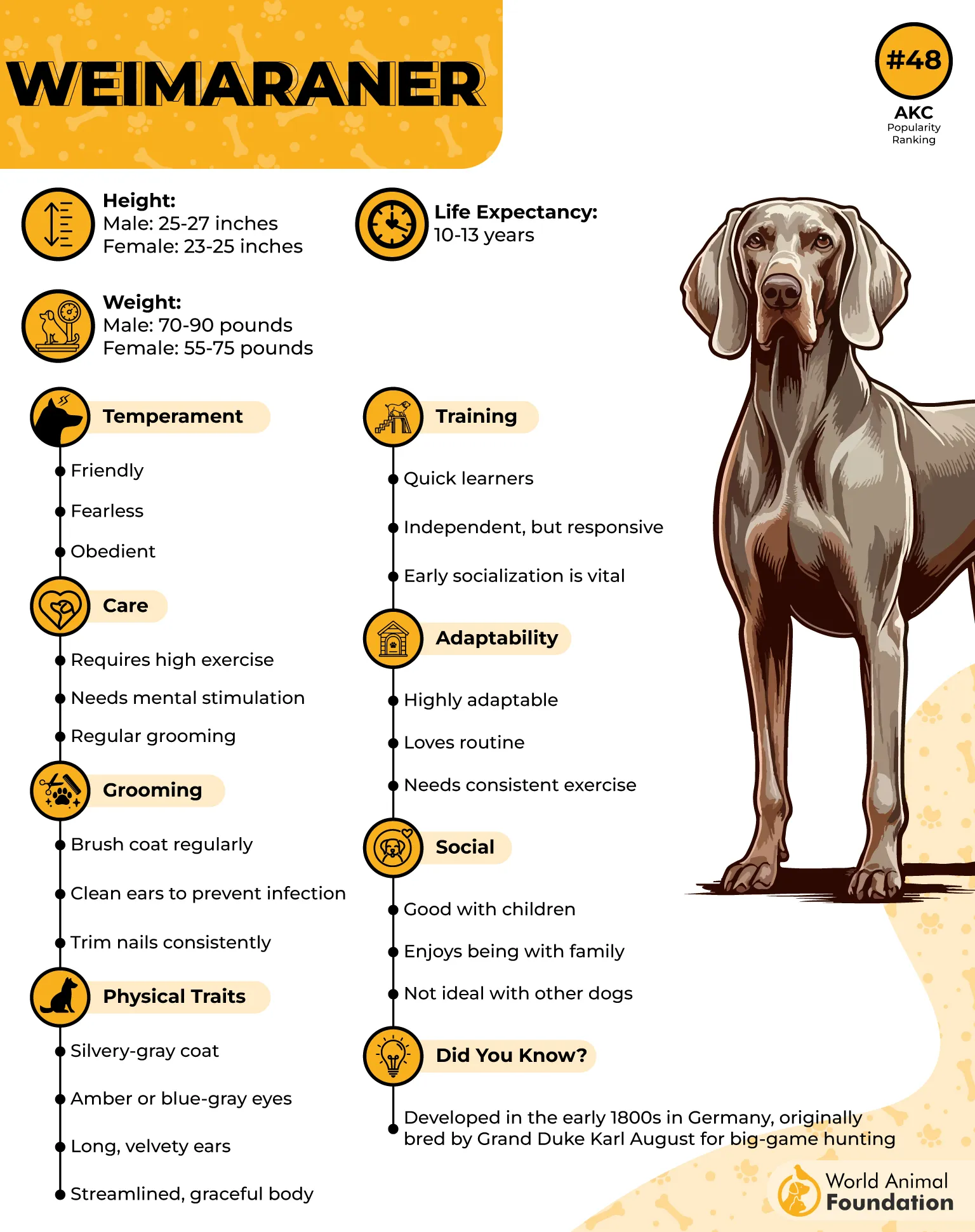
A Drive That Needs Direction
Without a structured outlet, their energy can become restless and difficult to redirect. Owners who hike daily or train for competitive agility often find their drive well-matched. They excel when routines include both exploration and precision-based commands.
Documented Loyalty in the Field
They earned the nickname “Gray Ghost” due to their coat and stealth in wooded areas, as mentioned in the AKC. Historically, they followed hunters silently and closely, maintaining eye contact for instruction. That working relationship still shows in their instinct to stay within visual range outdoors.
Conclusion
Dogs tend to reflect the lives they’re brought into. For people with high energy levels, especially in active homes, the right breed makes all the difference.
Large dogs like the Belgian Malinois or Aussie Shepherds often require vigorous exercise and constant engagement. Without it, they may turn to bad habits around the house. But with a structured outlet and consistent long walks, these breeds become your rhythm, your drive, your great choice in motion.
Whether you live with a growing family or alone in the hills, finding an active dog that shares your speed turns effort into connection.


